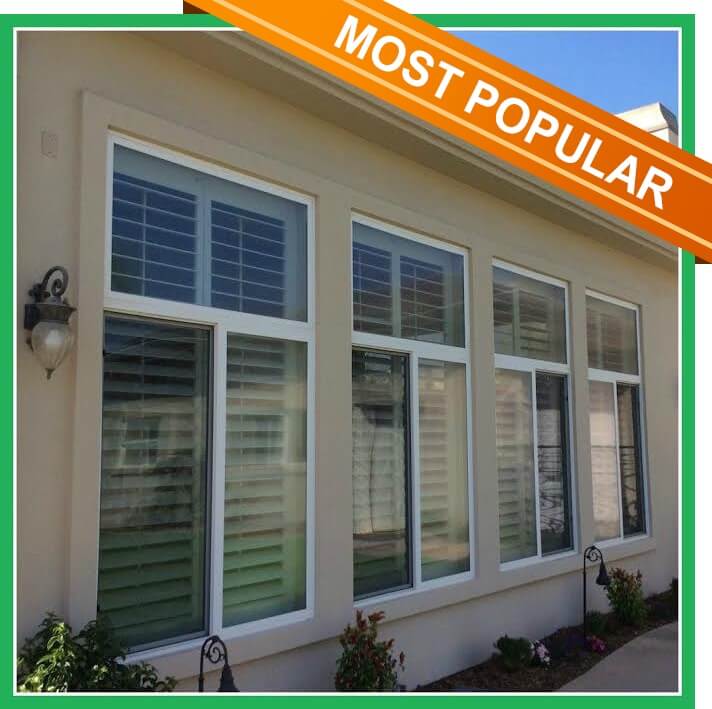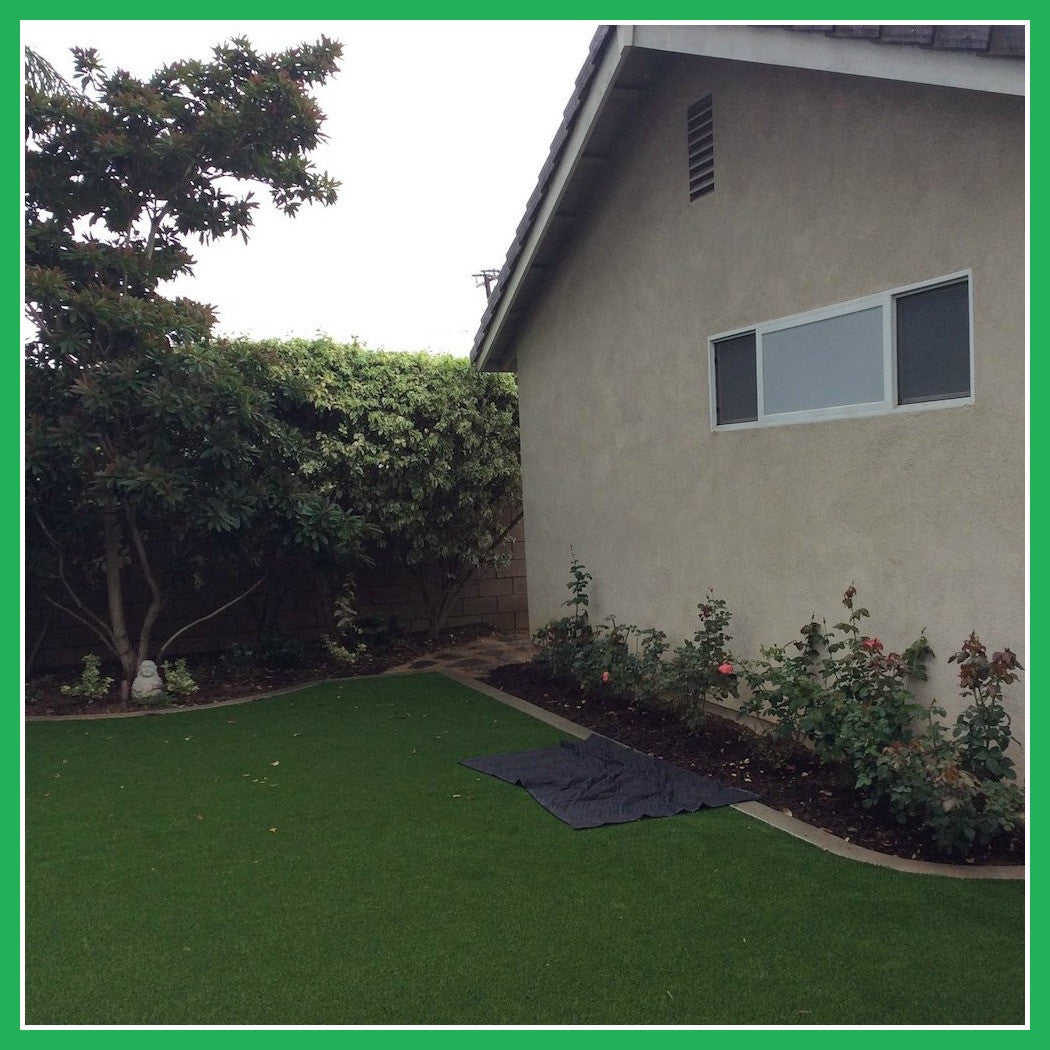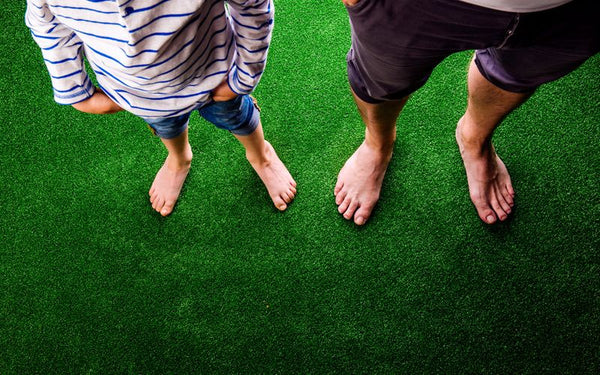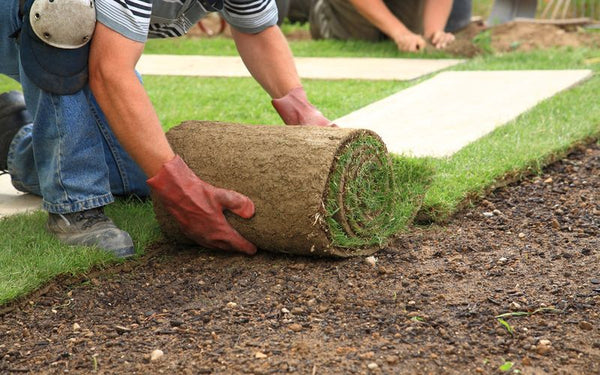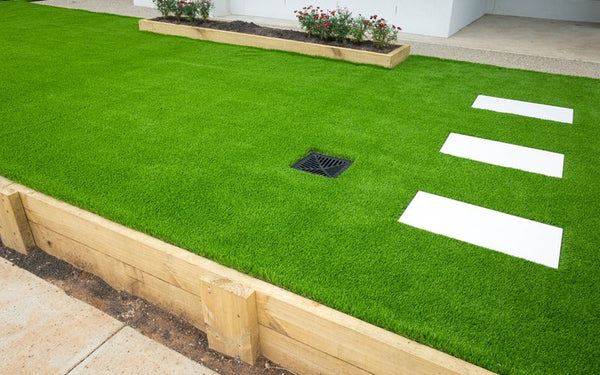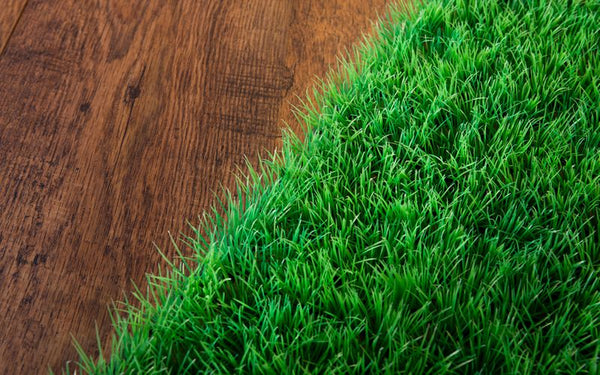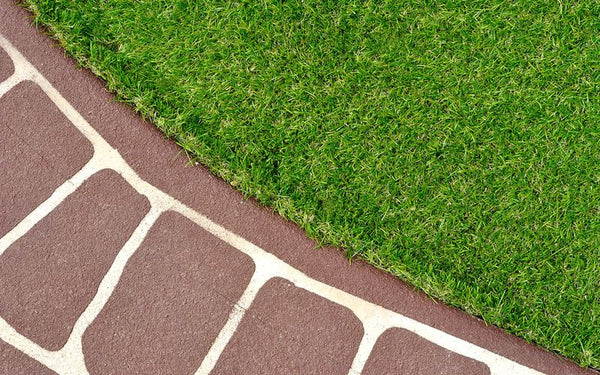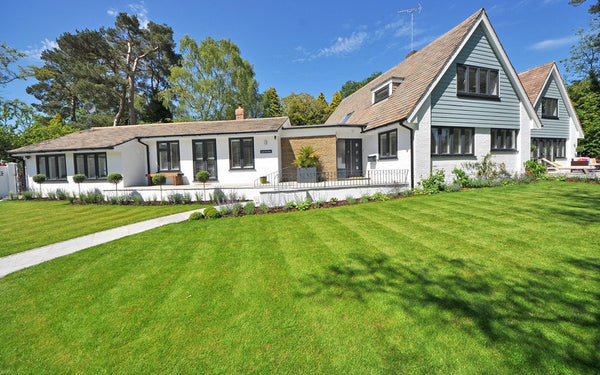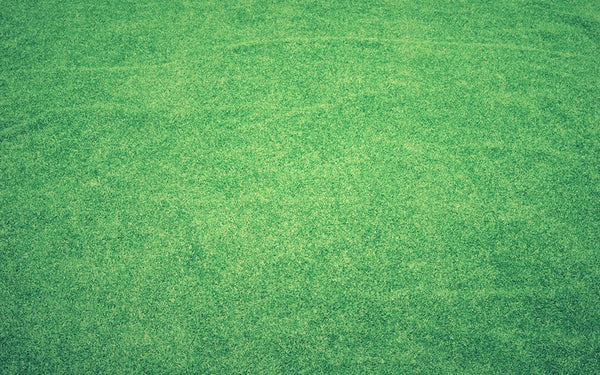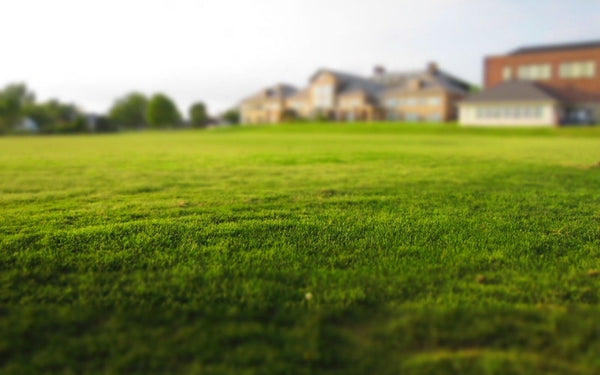Take a look at your synthetic grass in your yard. Do you see brown spots or patchy areas on your lawn? There could only be one reason – your grass is melting!
Melted synthetic turf is a widespread problem among lawns. This issue occurs when the grass has reached its melting point. There are several reasons why your turf is thawing out. But the primary cause that triggers this damage is your Low-E windows.
What Is a Low-E Window?
A Low-E or low emissivity window is a window that absorbs, reflects, and emits energy. It improves insulation efficiency by blocking the outdoor temperature from entering your house. Concurrently, it traps the cool air inside your home; therefore, allowing you to save energy. Moreover, it lets the natural light enter your abode, which reduces the need for fluorescent and LED lights.
How Does It Affect Your Grass?
The glass used by Low-E windows is like a magnifying glass. Once the light reaches the window’s surface, it magnifies and intensifies the sun’s rays. As a result, the temperature increases. Furthermore, the heat is transmitted to your synthetic grass as it has nowhere else to go. Thus, the grass blades are starting to melt as they can no longer handle the heat.
How Will You Know if the Damage Is Caused by Your Low-E Windows?
It’s easy to identify whether your Low-E windows cause the damage. First, you need to find where the melted spot is. Stand in that area and look at your shadow. If your silhouette shows a lighter color, it means the culprit is your windows.
Another thing that you can do is to touch the synthetic lawn. If you can’t handle the heat, it means the perpetrator is your Low-E window.
Is There a Way to Prevent the Effects of Low-E Windows?
Unfortunately, we cannot control how these windows work as they are made to help homeowners cut down their electricity bills. However, we can stop its effects to our grass. You simply need to do the following tips:
-
Use Awnings to Cover the Grass
If you have a budget, you may use awnings as a cover of your synthetic grass. Awnings can block the sunlight, causing the temperature to decrease. However, your house becomes gloomy as it prevents the natural light from entering your home.
-
Install a Sprinkler System
Many people believe that artificial turf doesn’t need water. On the contrary, you need to water its surface, even if it’s fake. Because synthetic grass is naturally hot, it gets warmer during summer. To lower its temperature, you need to sprinkle the entire area with water every 30 minutes. However, you need to prepare for the upcoming bill due to your water consumption.
-
Apply Turf Guard Window Films
This is the best solution to prevent your artificial lawn from melting. It doesn’t block the light from entering your house, but it stops the UV rays from thawing out your artificial grass. Moreover, it reduces glare by refracting the light off.
Get the best protection for your synthetic grass! Visit our website and buy our products.

